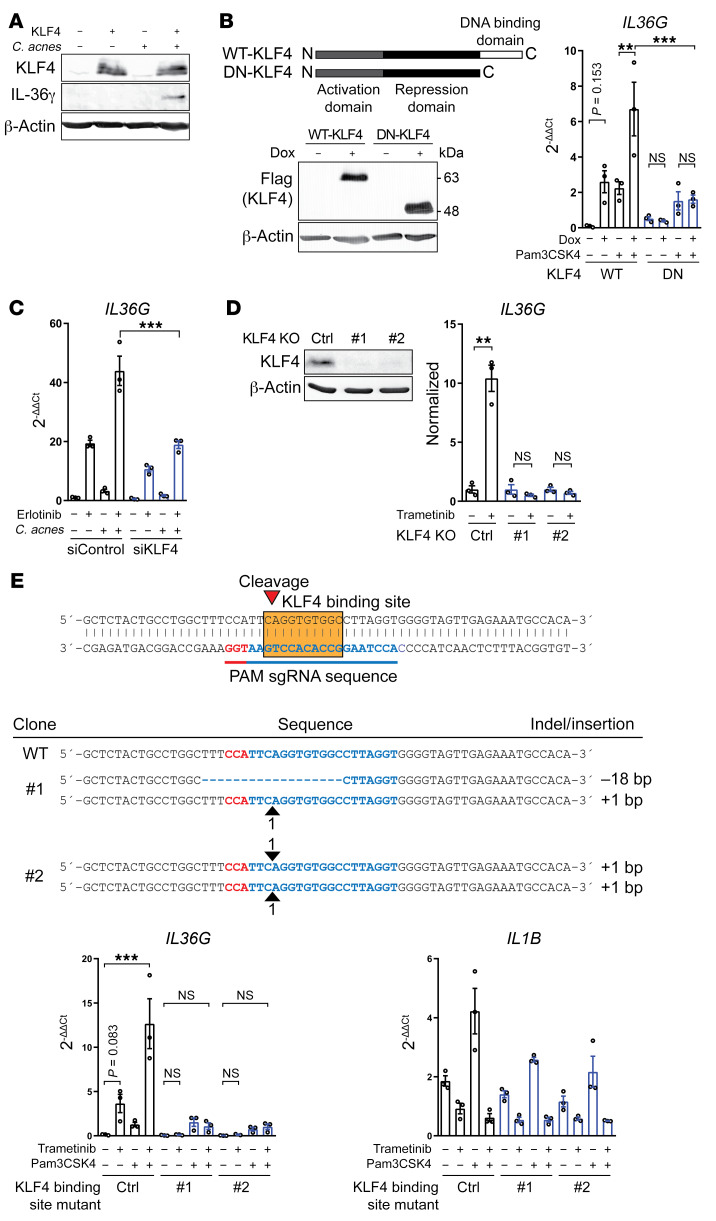Figure 5. KLF4 is critical for IL-36γ transcriptional activity upon EGFR/MEK inhibition.
(A) KLF4-overexpressing primary keratinocytes were exposed to C. acnes for 24 hours. (B) Flag-tagged wild-type (WT) and dominant-negative (DN) KLF4 were overexpressed in response to doxycycline using a Tet-on system for 24 hours, followed by exposure to Pam3CSK4 for another 24 hours. The cell lysates were collected for Western blotting and quantitative PCR (qPCR). Data represent mean ± SEM (n = 3). (C) KLF4 siRNA–treated PHKs were exposed to erlotinib and C. acnes for 6 hours and IL36G levels were analyzed by qPCR. Data represent mean ± SEM (n = 3). (D) Keratinocyte cell lines in which KLF4 was knocked out by CRISPR/Cas9 were exposed to trametinib (2 μg/mL) for 24 hours and total cell lysates were collected for Western blotting with antibodies against KLF4 and β-actin. The cells were exposed to trametinib for 24 hours and isolated RNA was analyzed by qPCR. Data represent mean ± SEM (n = 3). All blots were run contemporaneously with the same protein samples. Data are representative of 3 independent experiments. (E) Mutations generated by CRISPR/Cas9 in the KLF4 binding site. Red nucleotides are the PAM sequence and blue nucleotides hybridize to the sgRNA. KLF4 binding site–mutant cells were exposed to trametinib and Pam3CSK4 for 24 hours. Total RNA was analyzed by qPCR. Data represent mean ± SEM (n = 3). Data were analyzed with 1-way ANOVA followed by Dunnett’s (B and E) or Tukey’s multiple-comparisons test (C) or with 2-tailed unpaired t test (D). **P < 0.01; ***P < 0.001.

